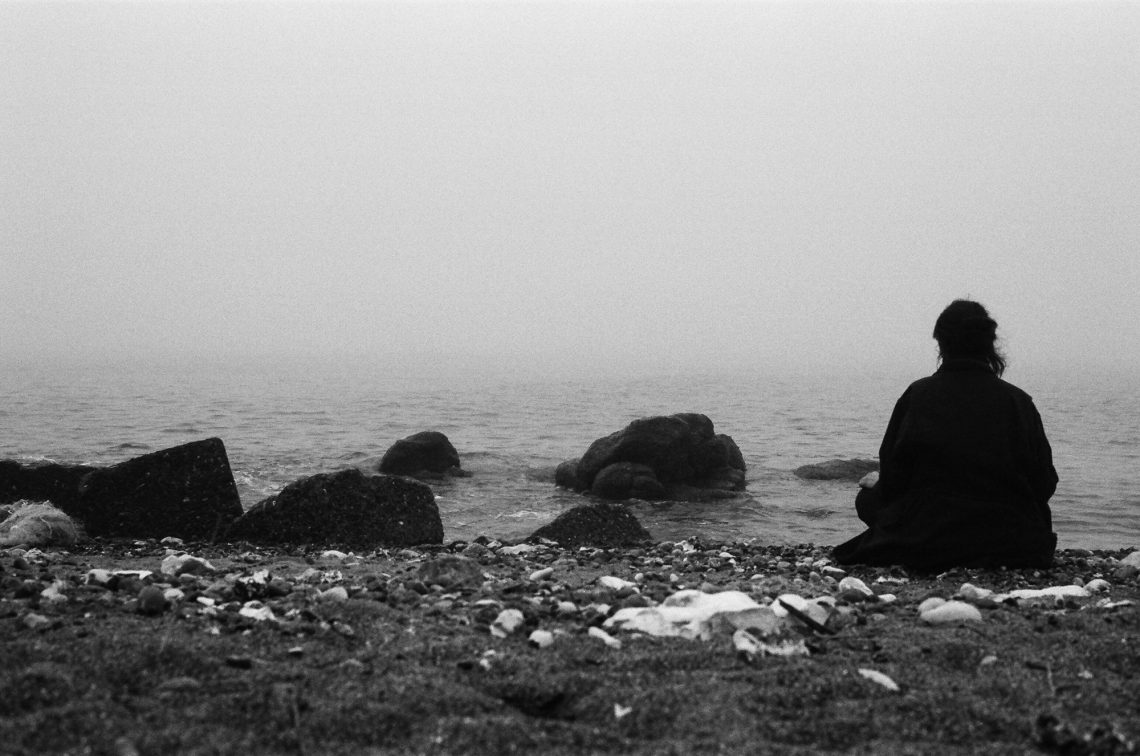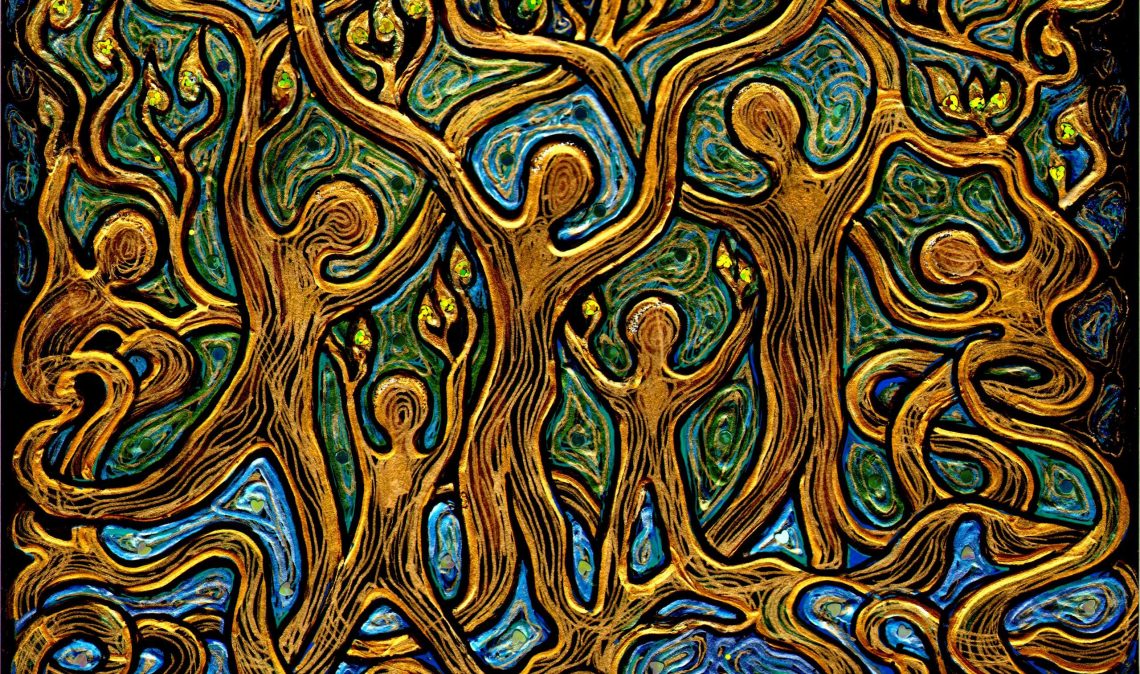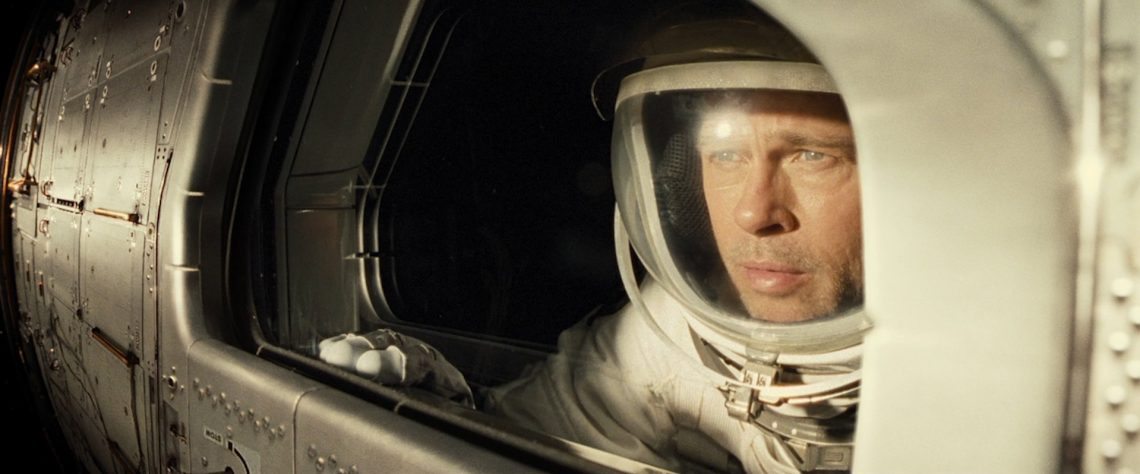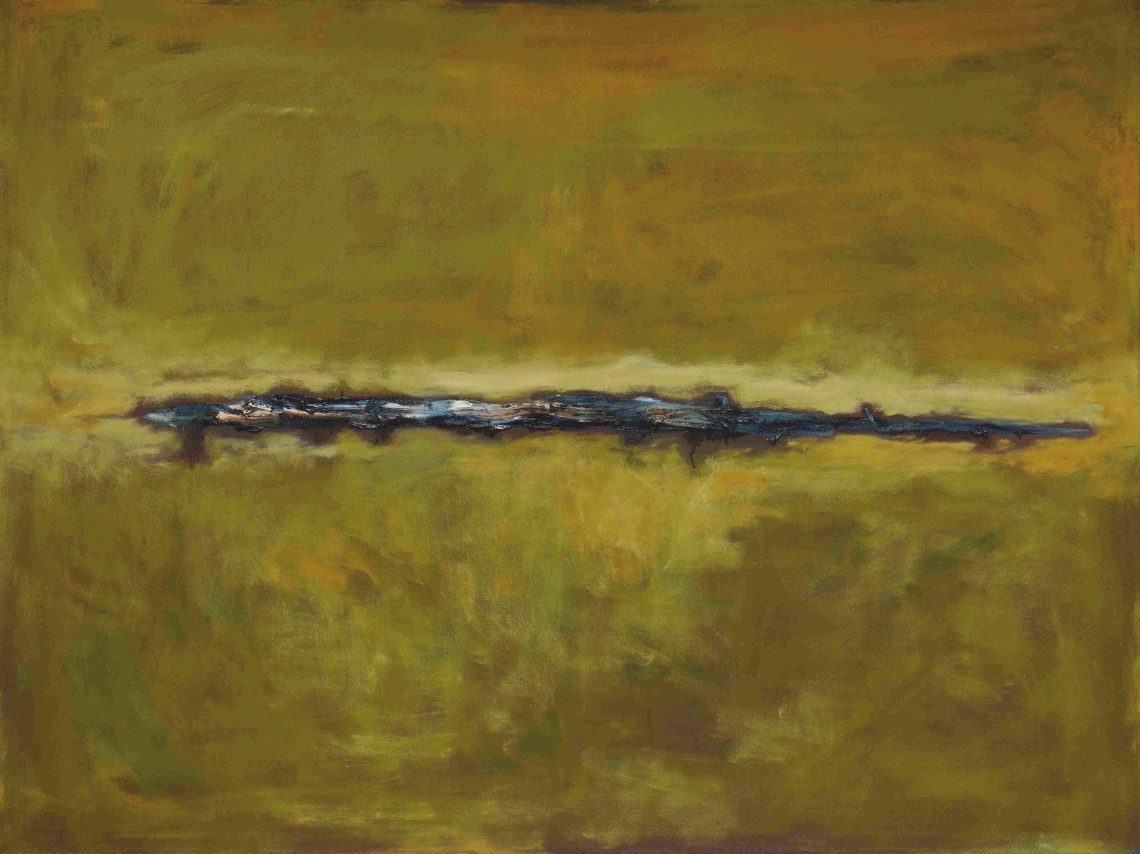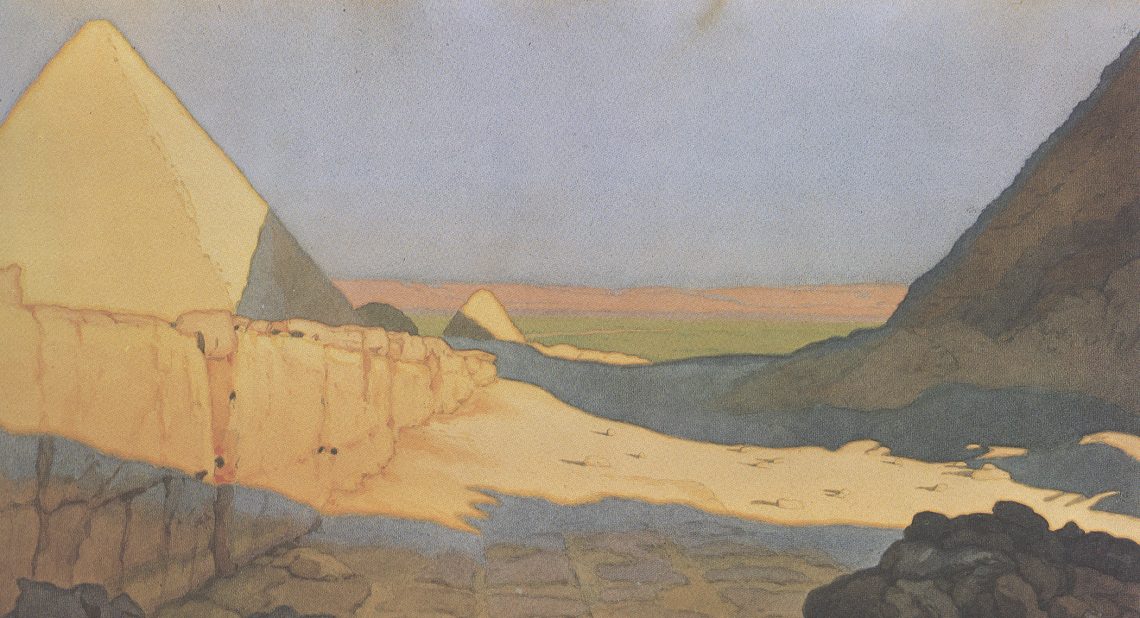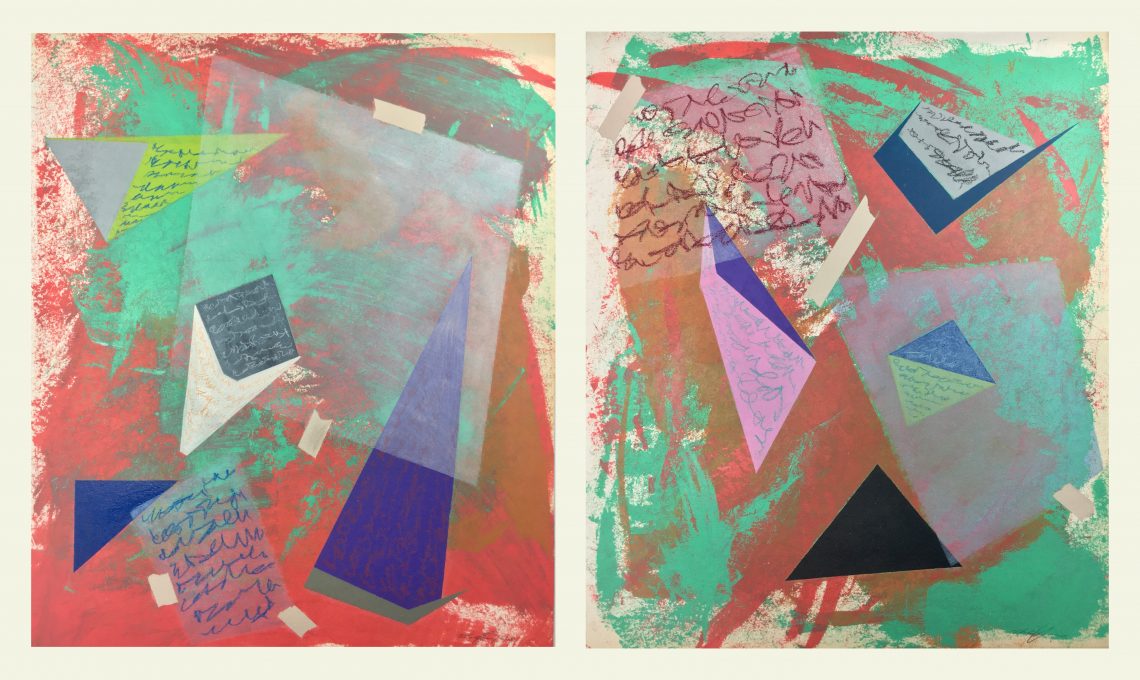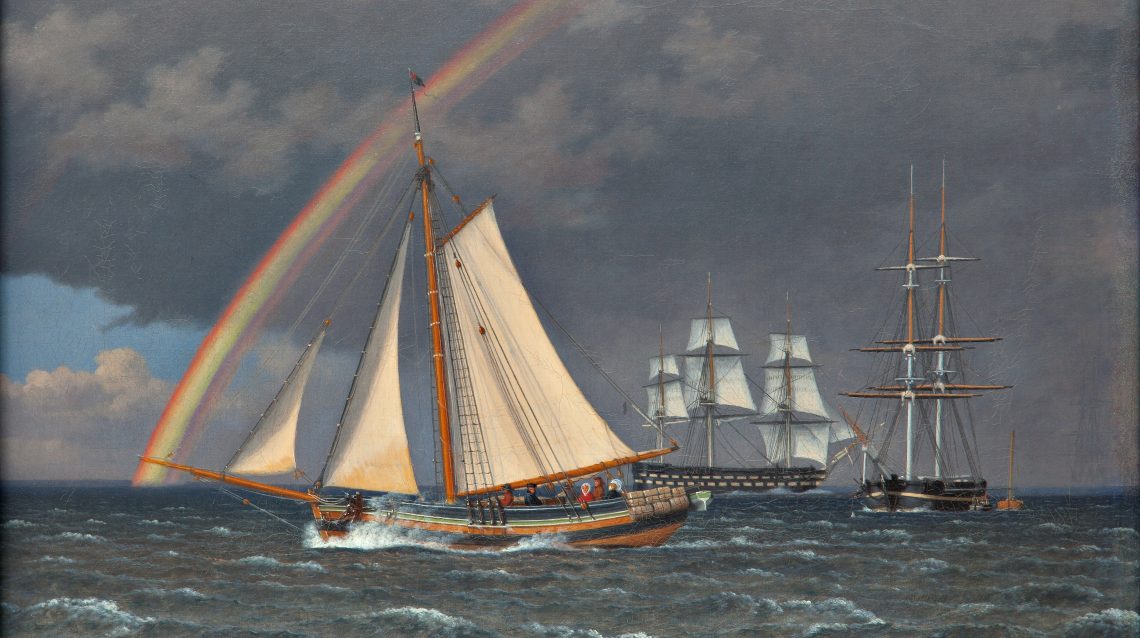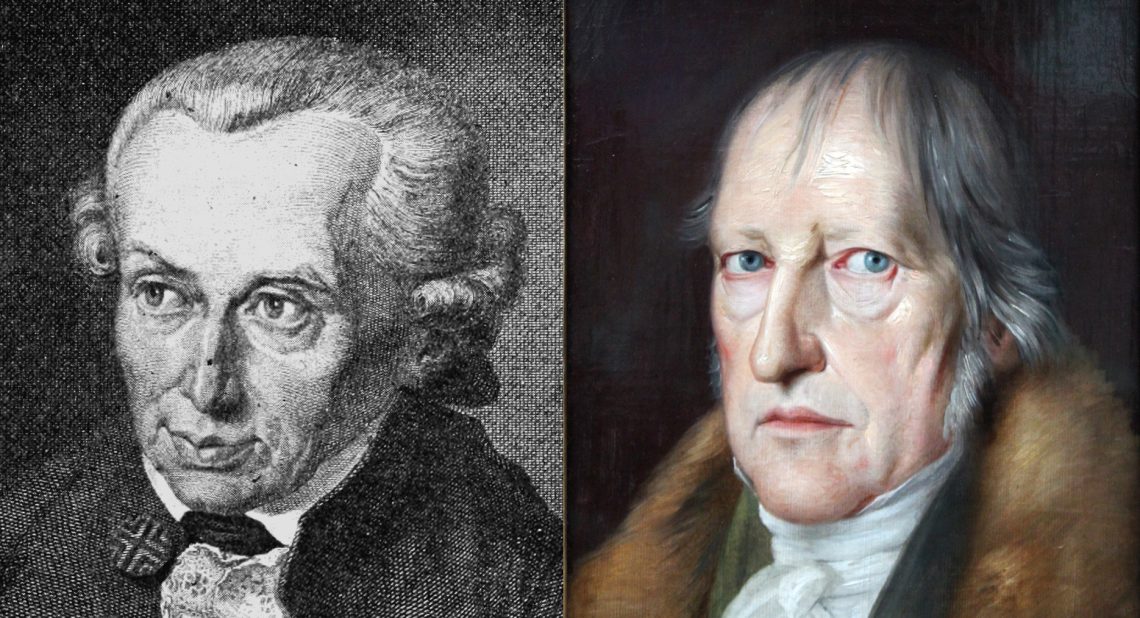Feeling intensely uprooted at a young age made me realize that to keep a coherent sense of self I was going to have to take root in something other than a cultural or linguistic identity. This is of course no finished project but something I am continually engaged in, including in my creative practice. I think primarily in terms of creating worlds.
-
-
Not Many Wise, Not Many Noble
Inside the ‘museum’ was a pile of artifacts — four-hundred-year-old Bibles, sacred heart pictures, a reproduction of the shroud of Turin, old motorcycles, more dinosaurs, and a neon sign that read: “Jesus Saves.”
-
Featured Artist: Tatiana Nikolova-Houston
Since 2008, Tatiana Nikolova-Houston has dedicated her life to re-creating and re-interpreting Byzantine and South Slavic iconography and manuscript illuminations as a ministry and mission to Western audiences. Sacred Illuminations grew out of her fascination with Slavic manuscripts, unique in their eclectic decorations inspired by Byzantine arts, Persian carpets, Bulgarian folk arts, and even Celtic designs. The illuminations reflect the joy of spirituality and provide a glimpse of the Heavenly reality, of the radiance of the Holy Spirit within everything in God’s Creation and the spiritual symbolism of Holy Scripture.
-
Ad Astra
Ultimately, Roy’s willingness to play the game and pursue the mission, comes from this recognition: that the personal has become inextricably entwined with the immense. There is no other way to be human than to engage with this confoundedly big thing.
-
Featured Artist: Trung Pham
How do we embrace our adversity, tragedy, trauma and find strength and courage during the time of challenges? How to gather strength during the challenging times also depends on the aesthetic vision, that is, how to find beauty in the woundedness.
-
Simon’s Ravine
"And then after sitting for a while, a marvelous thing happened. I got up, and walked into my painting. I walked over the bridge that I had drawn, and up the stairs that disappeared into the background of my composition."
-
Featured Artist: Vincent Wil Hawley
We don’t know when our current situation will end, but we know what is occurring in close proximity to us now.
-
The Whole Wide World is Watchin’
Dare we not live out our true vocations as Christians just like Jesus did? Dare we not point to God’s victory over death by crying “Glory?” Were we not born for this very moment in the year 2020 A.D.? Were we not born for COVID-19?
-
Singing the Death of the Warrior
As mankind elevates the world’s beauty through his senses, so his soul is elevated. He is transformed from a mere consumer of the world, to its attentive lover.
-
Drawing or Color, Part IV: The Philosophers Weigh In
Over the past several months, Veritas Journal has featured several quick takes on the long-running debate between line and color in the history of western art. Imagine for a moment if we could transpose this debate into another key ... What might modern philosophers have to say on the question?
